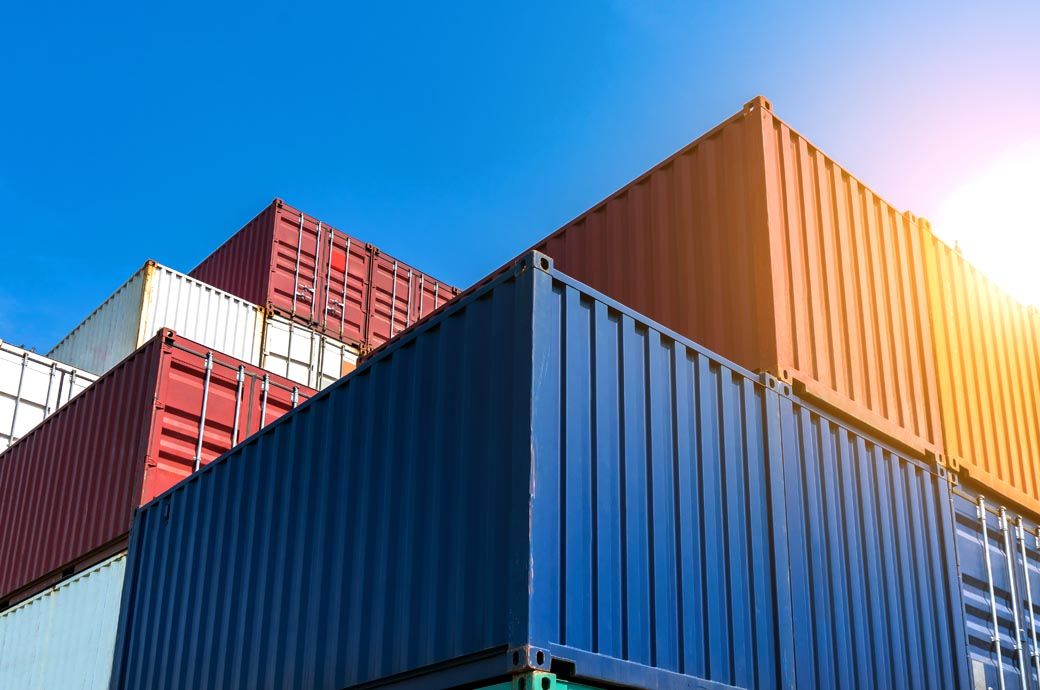
Freight costs for Indian exporters shipping goods to Europe and the United States have more than doubled in the past year, driven by disruptions in the Red Sea. Last month, delays in ship arrivals at India port were caused by congestion at Singapore port.
Indian exporters may soon face another disruption if the US-China trade war escalates in the coming months.
The global container shortage—first triggered by the COVID-19 pandemic—may soon re-emerge, causing severe difficulties for Indian exporters, New Delhi-based think tank said in a recent report titled ‘India’s Shipping Woes: Rising Freight Costs and Container Shortages Threaten Exports’.
There have been unverified reports of China hoarding containers to maximise its exports to the United States and Europe ahead of potential trade restrictions on solar panels, electric vehicles, steel and aluminium, etc manufactured by Chinese firms located in China or elsewhere.
However, real container shortage issue likely stems from broader logistical inefficiencies like port congestions, red sea disruptions rather than deliberate stockpiling, the report noted.
As 90-95 per cent of India's cargo is transported by foreign shipping liners, giving them control over access and freight rates, limiting India's ability to manage costs and schedules.
Second, about a quarter of India's cargo is transshipped through hubs like Colombo, Singapore and Klang, increasing transit time and freight costs.
Third, India depends heavily on containers made in China, making it vulnerable to supply disruptions and price fluctuations.
India’s current container production output is insufficient to meet growing demand. India produces between 10,000 and 30,000 containers annually, while China, the global leader, produces around 2.5 to 3 million containers per year. This leaves India with less than 1 per cent of the global market share, making it vulnerable to disruptions in container availability, according to the GTRI report.
Indian manufacturers face production costs of $3,500-4,000 per 40-foot container, higher than China’s cost of $2,500-3,000. As a result, Indian businesses remain dependent on imported containers, primarily from China. This reliance makes the country susceptible to global supply chain disruptions.
Key production hubs in India are emerging in Bhavnagar (Gujarat) and Chennai (Tamil Nadu), but significant investments and policy support are required to scale up container production.
Expanding this industry would reduce dependence on imports, especially during global shortages, and strengthen India's position in global trade logistics, the report said.
The government could encourage the use of Indian-made containers through preferential policies, such as offering benefits to exporters who use domestically produced containers, it recommended. However, care must be taken to ensure that such policies comply with international trade agreements.
To reduce dependence on foreign shipping lines, India needs to bolster its domestic shipping industry as well and improve port infrastructure, it added.
Fibre2Fashion News Desk (DS)